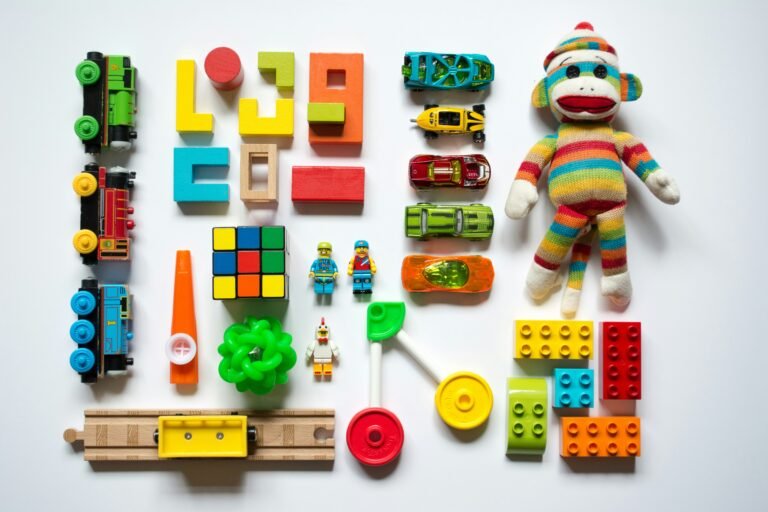Creating connection, empathy, and balance at home
Sibling relationships are some of the most meaningful and complex bonds in life. In families with a child on the autism spectrum, those dynamics can be especially rich, rewarding, and, at times, challenging.
Brothers and sisters may experience a wide range of emotions: love, pride, frustration, confusion, or jealousy. As a parent, you play a powerful role in helping all your children feel seen, valued, and connected.
Here are practical ways to nurture strong, healthy sibling relationships in your family.
1. Educate Siblings with Compassion
Help your child understand what autism is in a way that’s age-appropriate and respectful. Try saying:
“Your brother’s brain works a little differently. He may not talk as much or show his feelings the way you do but he loves you very much.”
Encourage questions and normalize feelings. The more siblings understand, the more empathy and patience they can develop.
2. Give Them Space to Talk
Siblings may feel confused, embarrassed, left out, or even resentful and that’s okay. Provide a safe, judgment-free zone to express those feelings.
- Make space for one-on-one talks
- Acknowledge that it’s okay to feel mixed emotions
- Avoid shaming or silencing difficult feelings
Validation builds emotional security and trust.
3. Carve Out One-on-One Time
Children especially siblings of kids with high support needs deeply benefit from undivided attention.
- Set aside regular time to play, read, or go for a walk together
- Let them choose the activity
- Use this time to connect without distractions
Your attention reminds them: “I matter too.”
4. Involve Them in Their Sibling’s World
Look for ways to include siblings in therapy-friendly activities without making them “helpers” or caregivers.
- Play a favorite game together
- Read a social story as a family
- Celebrate their sibling’s milestones together
Let them take pride in their sibling’s growth but avoid putting pressure on them to “teach” or “manage” behaviors.
5. Respect Individual Needs and Differences
Siblings may need different parenting approaches, rules, or expectations and that’s okay.
Be honest and clear:
“Your sister has different needs, so we do some things differently for her. That doesn’t mean we love you any less.”
Avoid constant comparisons, and make sure each child feels equally accepted for who they are.
6. Highlight Their Strengths — Not Just Their Role
Siblings often feel pressure to “be the strong one” or to take a back seat. Make sure they know they are valued not just as a sibling, but as a whole person.
Celebrate:
- Their hobbies and accomplishments
- Their creativity, humor, or kindness
- Their needs and feelings as individuals
All children deserve to shine.
7. Model Calm, Empathy, and Teamwork
Children watch how you handle stress, solve problems, and treat others. Your example sets the tone for how they relate to each other.
- Use calm language in moments of tension
- Show empathy for both siblings’ perspectives
- Practice family problem-solving together
Connection grows when everyone feels respected.






